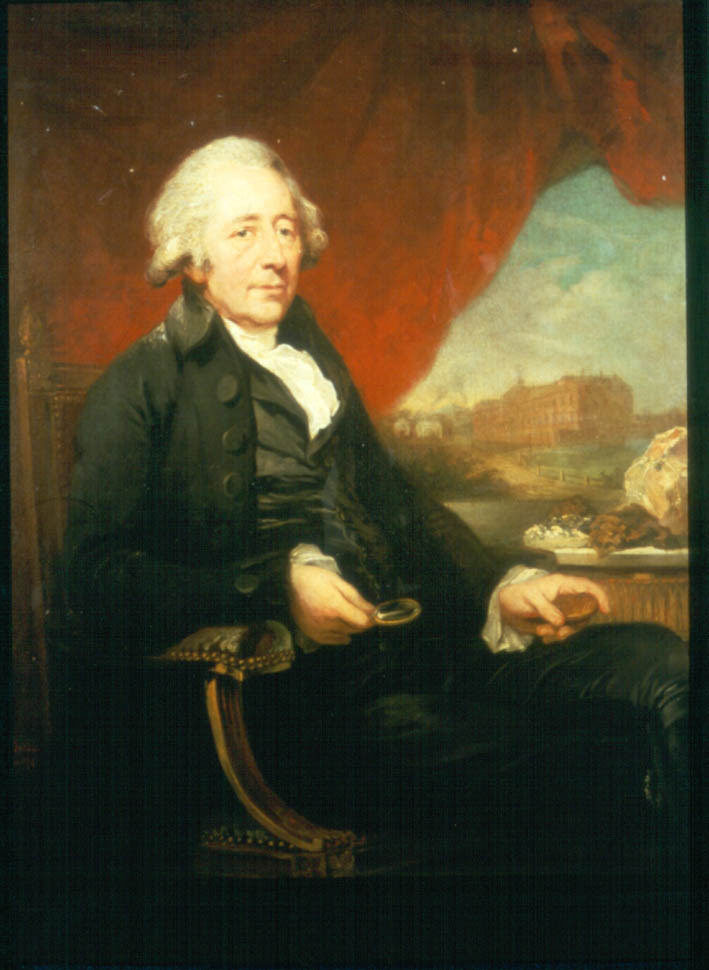Mrs Elizabeth Montagu, the “Queen of the Blues”
Image: C F Von Breda, Matthew Boulton, 1792. Oil on Canvas. Boulton was the most famous of Birmingham’s toymakers. The portrait shows him examining items from his geological collections with Soho Manufactory, the biggest factory in the world in the background. Boulton produced buttons, buckles, steel jewellery and silverware at Soho. Boulton had many customers and contacts in the commercial world. Mrs Montagu was one of them.
Image from: Soho House Museum, Birmingham Museums & Art Gallery
Mrs Elizabeth Montagu (1720-1800) was the wife of Edward Montagu. The Montagu wealth came from collieries in Newcastle, which she managed for her husband. But she was most at home in London. There at their Hill Street house she presided over intellectual assemblies attended by writers, artists, actors and philosophers, male and female. These became known as “blue-stocking gatherings”, after one man who regularly attended them in blue, rather than formal black, stockings; Mrs Montagu became known as “Queen of the Bluestockings” or “Queen of the Blues”.
A customer and frequent correspondent of Matthew Boulton, in 1771 she visited the Soho Manufactory, which she referred to as “that great Temple of Les Beaux Arts, ye Soho Manufactory”. Over the years she ordered ormolu and silverware from Soho (part of her silver dinner service is on display at Soho House). Her letters to Matthew Boulton give us some insight into the way she thought. Of her visit to Soho she wrote:
“To behold the secrets of Chymistry, & the mechanick powers, so employ’d, & exerted, is very delightful. I consider the Machines you have at work as so many useful working subjects to Great Brittain of your own Creation: the exquisite Taste in the forms which you give them to work upon, is another National advantage. I had rather see my Country in continual contention of arts than of arms. The Victories of Soho, over every other Manufacture, instead of making Widows & Orphans, as happens even to the conquering side in War, makes marriages & Christenings. The poor will marry whenever they have hopes that Wives & Children will get a maintenance. Go on then Sir to triumph over the French in taste, & to embellish your Country with useful inventions & elegant productions. “1
After 1775 Mrs Montagu commissioned James “Athenian” Stuart to design her new London house in Portman Square. Here the “Queen of the Blues” would reign in even greater style. Francis Eginton was to make “pictures for the ceilings” (the “mechanical paintings” he developed were produced at Soho for a time). Boulton seems to have been given the difficult task of finding a supplier of clear plate glass. This was just becoming available and Mrs Montagu accepted that some compromise would be necessary:
“…My eating room & that Venetian window of my Great Room which looks to Hampstead &c & also one of the Bow windows of ye Great Room which looks to ye Country must be of Plate glass. The other 2 windows of the Bow only look upon houses & streets… the clearer the medium through which we see the works & images of the great Creator, the more beauty appears, but the works & occupations of Man appear better thro’ a little mist…”
At length she apologised to Boulton: “I am quite ashamed to be so often and so very troublesome, but you will pardon me on account of the importance of ye object, a Philosopher wd laugh at my reckoning a House an important Object, I am not a Philosopher, & whoever is not, is apt to consider things according to their bulk, & I am sure in that view my House is not a trifling bagatelle.” There were many other problems and Mrs Montagu became increasingly frustrated:”…I have very little hope of assistance from my architect Mr Stuart who is idle & inattentive & his assistant seems….. tho’ an ingenious draughtsman not very alert in business, I believe Mr Stuart made choice of him as men do of their Wives, for their passive qualities rather than serviceable talents…”
The construction site became a public attraction and the supervisor had to issue tickets to limit disruption. But at last the house was finished and in 1781 Mrs Montagu moved in. At Portman Square she entertained Queen Charlotte and the six princesses – and gave annual breakfasts for London chimney sweeps.
« Previous in this sectionNext in this section »Continue browsing this section
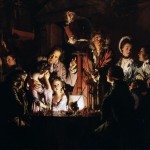 The other side of the Coin: Women and the Lunar Men
The other side of the Coin: Women and the Lunar Men
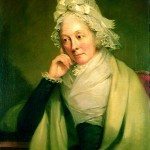 The Lunar Men and the Status of Women
The Lunar Men and the Status of Women
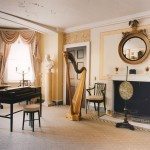 Miss Ann Boulton
Miss Ann Boulton
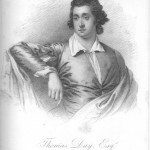 Sabrina and Lucretia: a failed experiment
Sabrina and Lucretia: a failed experiment
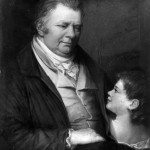 Educating Amelia
Educating Amelia
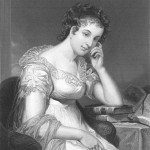 Maria Edgeworth
Maria Edgeworth
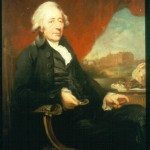 Mrs Elizabeth Montagu, the “Queen of the Blues”
Mrs Elizabeth Montagu, the “Queen of the Blues”
 Mary Knowles
Mary Knowles
 Lady Catherine Wright
Lady Catherine Wright
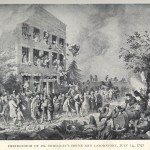 Mary and Martha Russell and the Birmingham Riots of 1791
Mary and Martha Russell and the Birmingham Riots of 1791
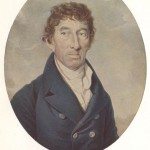 The Escape of the Russells from Birmingham to France
The Escape of the Russells from Birmingham to France
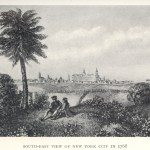 The Russells in America
The Russells in America
 The Return of the Russells to England
The Return of the Russells to England



